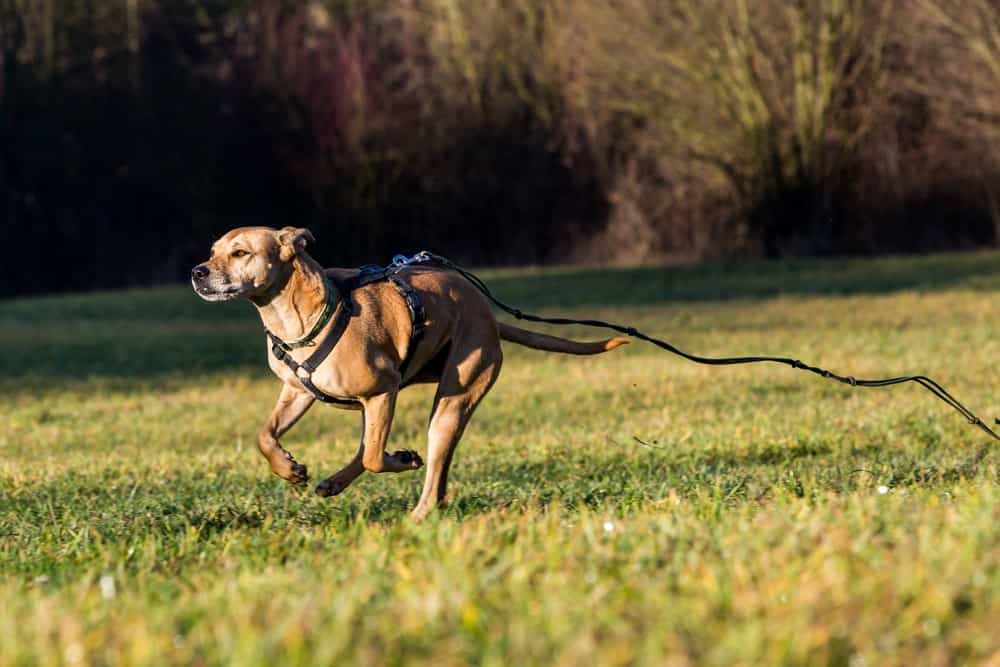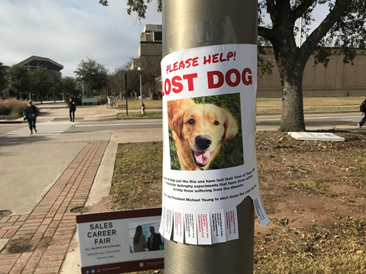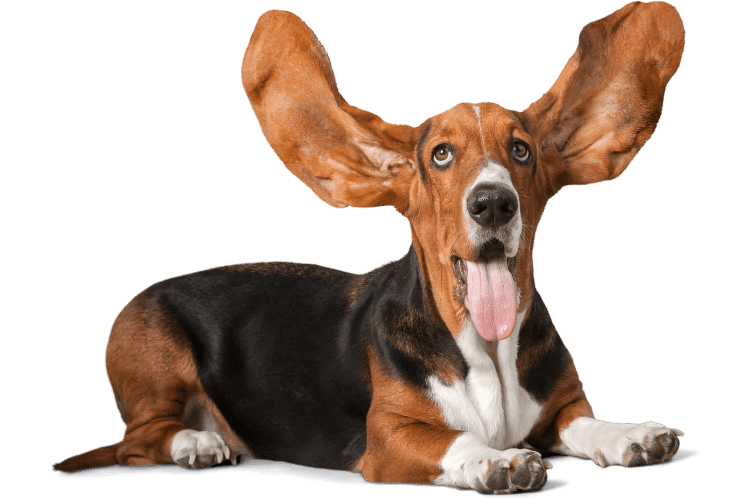
What if your dog runs away?
It’s one of the worst nightmares of dog owners everywhere: having your dog run away or get lost. Dogs can slip out the front door, dig themselves under a dog fence or break through a dog leash. No matter how your dog gets loose, there are steps to take to increase the chances they’ll make it back home.
If your dog is in sight, don’t run after him, because this will only result in him running further away. If you have a favourite toy in grabbing distance, try to entice him to come to play.
If your dog is long gone and you have no ideas where he ran off to, then start searching your surrounding neighborhood. Don’t waste time as lost dogs will tend to stick to areas they know. If they’ve only been gone for minutes, chances are they’re still close by.
If you’ve looked everywhere that you can think of and there’s still no sign, it’s time to let others know that your dog is missing.
If an hour goes by with no luck, get on the phone and alert every rescue centre and kennel within a 60-mile radius of your home. Call your local animal control and police department as well. The police can alert the patrolling officers to keep their eyes out. Make sure to provide these agencies with an accurate description and a recent photograph of your lost dog.
If your dog has a microchip, immediately register its unique number into the pet chip registry and make sure all your contact information is updated. When a lost dog is found and taken to an Animal Rescue Centre or veterinary clinic, one of the first things they do is scan the animal for a microchip. As a bonus, there are a bunch of smart pet doors that work with microchips.
Rescue centres can be overwhelmed and it may take them some time to contact you if your pet has been dropped off there. Be proactive in checking the centres yourself every day or every other day. Ask to see their recent intakes and remind them of your situation.

The power of social media will help spread your message fast. Besides posting to your personal pages, encourage friends to share your posts. Also, post to any community or town Facebook pages.

Posting flyers may be old school, but it still works.
Want to make your own lost dog poster? Make sure to include the below information:
• Pet Name
• Gender
• Height/weight
• Breed
• Whether it is spayed/neutered
• Where the pet was last seen
• Is a reward offered?
• Use a clear, recognizable photo
I’m sure you’ve heard the same stories I have… of dogs returning weeks, months, sometimes even years later. Don’t lose faith, keep searching until you find your dog. Dogs have an amazing way of surviving incredible journeys.
“Your first step is going to be prevention” – Judy Duhr.
Even if we do everything to keep them happy, healthy and by our side, sometimes our dogs just get distracted, confused, or fearful. And sometimes, that can make them run off. Just thinking about it is enough to give dog parents nightmares. A missing dog may get into trouble, or worse, never find their way home. To give you more peace of mind, we’re here to share that “Your first step is going to be prevention”.
That can include making sure your dog:
• Wears a tag with an updated phone number
• Has an embedded microchip (placed under the skin, most often by a veterinarian) that lists your current contact information
• Sports a GPS collar that tracks their movements
None of those methods is fail-safe. GPS collars can run out of battery power. It can be tricky to access accurate chip information right away. Sometimes, owners fail to change phone numbers on their pets’ tags.
But if your dog is lost, having some combination of those forms of identification can help speed up the reunion between you and your pet.
“Your first step is going to be prevention,” says Judy Duhr, the director of Speak! St. Louis, a dog rescue that specializes in finding homes for Australian shepherds and border collies, including those with hearing and vision problems.
Share this post with your friends and family

Join our email list to stay up-to-date about the latest products and offers, plus get
10% OFF
your first purchase.
By submitting, you agree to receive marketing emails for information on news, promotions, and offers from WildWash. For more details see our Terms & Conditions and Privacy Policy. You can unsubscribe at anytime.
